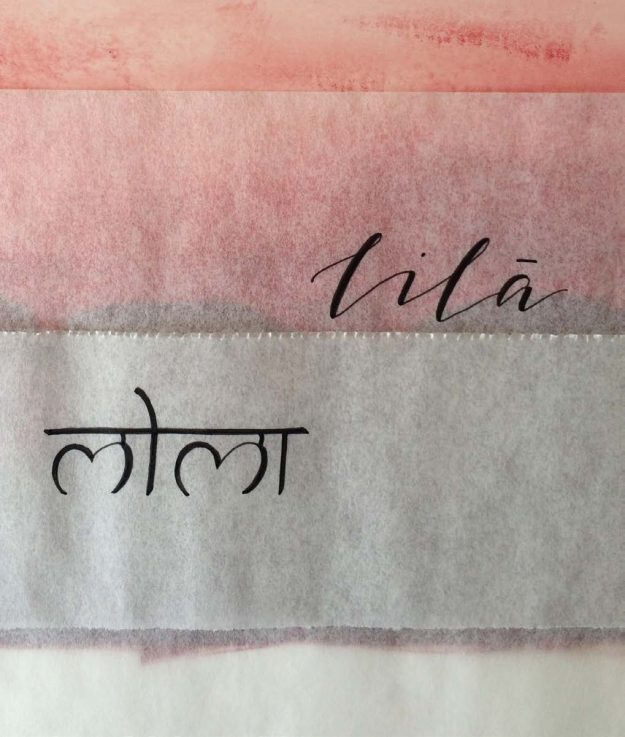
by Jim Kulackoski
“The whole is greater than the sum of its parts”
Maharishi Mahesh Yogi
On a recent trip to Colorado, I found myself atop a bluff overlooking a valley below. As I sat and contemplated the view, I watched as a far-off storm began to roll in from west to east. I watched as the sky along the northern horizon become darker, first blue, then turning a deep grey as the clouds thickened. The sun illuminated the amber-colored plains that surrounded me, providing a stark, golden contrast to the dark sky of the distant storm. Far off, I could see violent flashes of lightning and pockets of heavy rain pouring down.
The storm passed nearly as quickly as it came, and soon the northern sky was bright again. I was enchanted to be able to watch the whole storm play out from beginning to end in front of me. My distance allowed me a panoramic view of the whole situation—I was able to see all of the storm’s parts coalescing into a single entity. This perspective allowed me to experience the sublime beauty of a situation that may have been otherwise mundane, inconvenient or even scary.
A concept in the Vedic and Tantric sciences, called “līlā,” sums up what I experienced in Colorado. These ancient sciences explain the fundamental principles behind the cosmos: the what, why and how of creation. In the Vedas, the universe—and everything in it—is described as a dynamic “play” of forces that continually cause creation, change and dissolution again and again.
This “play” is called līlā. From the perspective of līlā (pronounced “lee-lah”), the universe itself or any situation within it is like a richly woven tapestry, a collection of varying degrees of color and texture that create a single piece of art. Each part on its own would be somehow incomplete, but when brought together, they complement and complete each other, creating harmony and balance despite their individual qualities.
Līlā is available only when we observe from a broad perspective such as from atop a cliff rather than from within the valley below. When we can step away from something, we have an ability to appreciate it for what it really is.
The concept of līlā gives us an opportunity to see ourselves beyond our own limited perspective or circumstances. It allows us to see the whole picture, and thereby experience any situation as perfect and complete, a perspective unavailable while immersed in one small aspect of the situation itself.
I believe this is why we love to play, no matter what our age. Although adults value the qualities of seriousness and work, we also know that leisure activities, such as art, movies, plays, and travel, have the potential to elevate and enrich our lives. These situations offer us a chance to practice stepping back, broaden our focus and become an objective observer. It is then that we can truly appreciate anything we encounter in life no matter if it seems playful in the moment or not.
This view also inspires us to find integration within all of the individual parts of ourselves, and also how we contribute individually to our world, becoming a key player in our lives as well as the world at large.
Although currently I live a full and busy life, I will always find time for opportunities to practice līlā. Whether it is visiting a museum, traveling or playing my cello, in taking a step back, I find the ability to enjoy any experience I encounter.
Jim Kulackoski has developed programs for and taught at Loyola University Chicago and Rush Medical College. He is the founder of Darshan Center, where he leads and develops programs such as teacher trainings, workshops and a healing clinic.






















No Responses to “Lila – The enriching power of creative play”